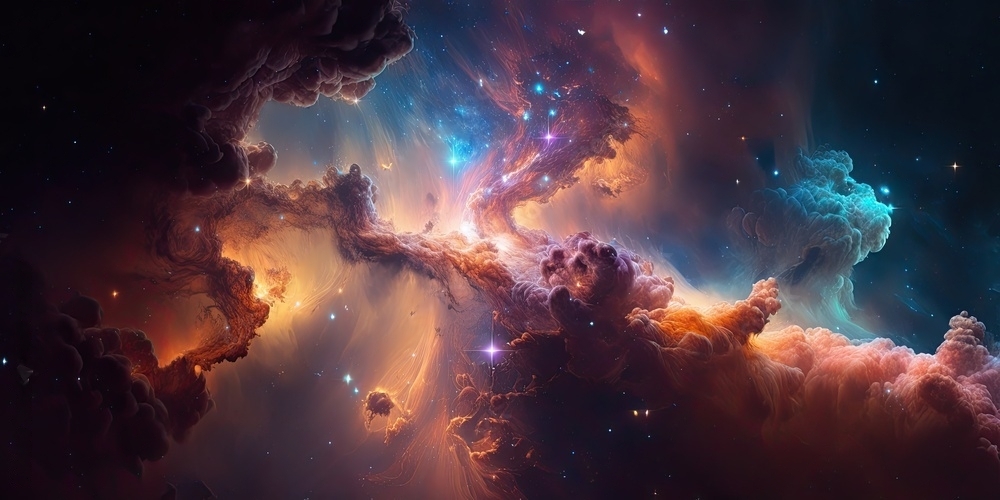
.jpg)
Body Unification
"Duty towards the self"
The body is believed to be composed of five greater elements: earth, water, fire, air, and ether. Additionally, there are three radiances—Agni (inner fire), sunlight, and moonlight—that manifest as different forms of energy. These radiances influence both the body and the mind. When the elements and radiances are in harmony, they lead to balance and a deeper understanding of the universe.
In Siddha philosophy, Nadha refers to the inner sound or vibrations within the body, which profoundly affect physical and mental well-being. Bindha, on the other hand, represents intellectual clarity and the capacity for understanding. These two—Nadha and Bindha—must be unified through breathing. Without this unification, breathing becomes ineffective or wasted, losing its true purpose and making life merely hollow.
The practice of divided breathing involves intentional breathing techniques, including controlled inhalation, retention, and exhalation. This practice helps channel energy throughout the body. When combined with subtle sounds and vibrations, breathing becomes a powerful tool for aligning the body and mind in Selvarajitha Spiritual Practice (SSP). Without incorporating these subtle vibrations (குண்டலினி – the serpent power), breath remains incomplete, and life loses its deeper meaning.
The Context of Breath and Life: Two Paths of Wisdom
Selfish Wisdom (சிற்றின்பம்): This path focuses on personal gain, worldly enjoyment, and material desires. It represents a way of living driven by ego and individual pleasure, confined to the present consciousness of the physical world.
Universal Wisdom (பேரின்பம்): This higher path transcends individual desires and connects to a greater, universal consciousness. In this elevated state of awareness, one taps into eternal knowledge, power, and bliss, aligning with the universe and all beings. Through this path, the individual merges into the greater whole—the pure consciousness (சித்த மனோசக்தி), an all-pervading natural truth consciousness.
The second path, Universal Wisdom, encourages the understanding that all life forms are interconnected through sensation. Breathing serves as a key tool for connecting with this universal consciousness, allowing humans, in particular, to experience the oneness of all existence. (உனக்குள் நான், எனக்குள் நீ, நமக்குள் எல்லாம் – All-pervading universal spiritualism).
.jpg)
Mind Unification
"Duty towards the Society"
In Siddha philosophy, the mind and breath are intimately connected. Furthermore, they are linked to the three vertices of an equilateral triangle along with the body, the universe, and spiritualism. The fundamental Tamil phrase “பரிகின்ற காற்றில் ஏறி நிற்கும் மனம், ஏறி நிற்கும் காற்றில் விளங்கி நிற்கும் மனம்” translates to "Where the breath is, there the mind is". This highlights that the state of the breath directly influences the state of the mind, and vice versa.
The meridians, or energy channels, are also linked to both the mind and breath. These pathways, through which vital energy flows, must be realized and harmonized as part of the unification of the mind with the universe. With the help of sonication (sound energy), this process facilitates phosphorylation, empowering enzymes and hormones.
Present consciousness, or limited consciousness, is shaped by our individual perceptions. However, a greater, all-pervading consciousness—the higher consciousness—transcends the individual self. This expansive awareness dissolves boundaries, merging the individual with the divine.
During meditation, the practice involves merging pranic force with absolute divine energy. By doing so, one moves closer to the highest consciousness, achieving a state of unity with the divine, where the mind, breath, and spirit align with cosmic energy.

.jpg)
